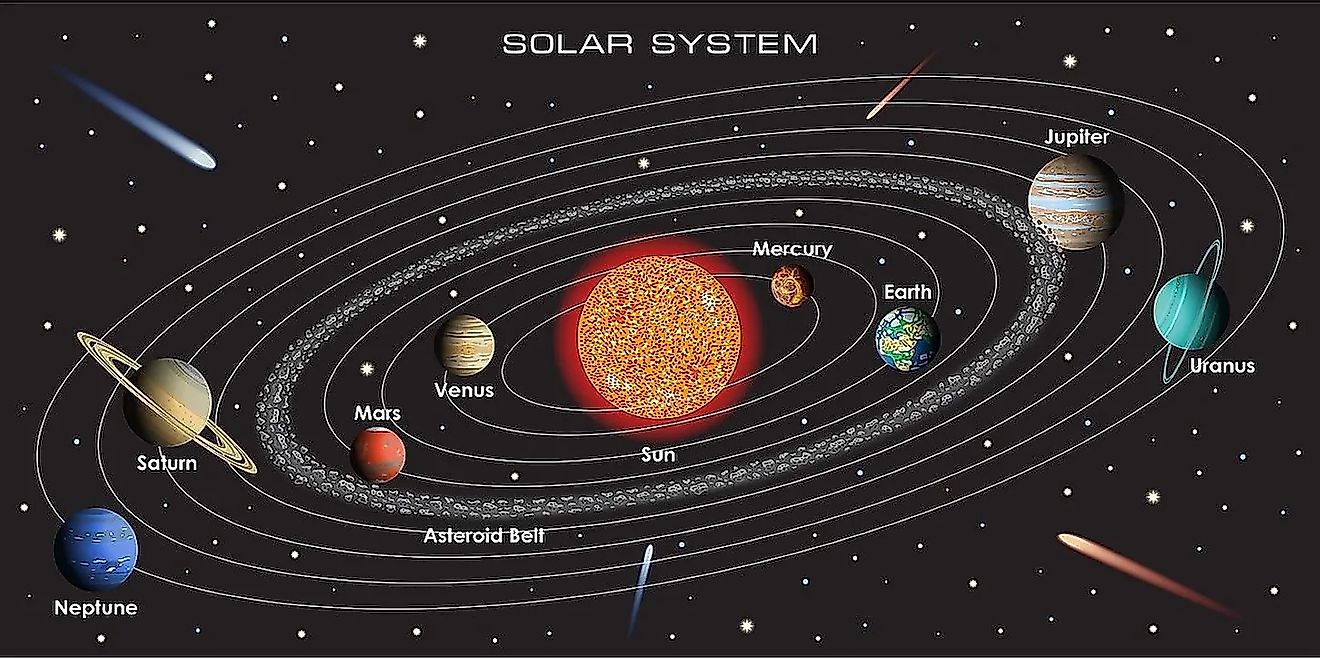
How Big Is The Sun?
The sun is the largest, brightest, most massive object in our solar system. The sun has a diameter of 864,938 miles (1.39-million kilometres), which is about 110 Earths across. By mass, the sun is 333,000 times the mass of Earth. In fact, the sun contains 99.8% of the mass in the solar system, which goes to show just how massive our host star truly is. By volume, you could fit a staggering 1.3-million Earths inside the sun. Even the largest planet in the solar system, Jupiter, comes nowhere near the size, mass, and volume of the sun. At least in our solar system, the sun has no competition.
Is the Sun a Big Star?

While the sun is gigantic when compared to anything in our solar system, it is actually not considered to be an overly large star. In fact, the sun is actually a middle-sized star, being larger than some and smaller than others. Our galaxy is home to a multitude of stars that make our sun look tiny. For example, the red giant Betelgeuse is 700-times larger than the sun. The size ratio between the sun and Betelgeuse is larger than the ratio between the Earth and the sun. One of the largest known stars in the universe, called UY Scuti, is a hypergiant star that is a staggering 1,700-times larger than the sun. By volume, you could fit approximately five-billion suns within UY Scuti. So while the sun may seem big to us, when compared to some other stars, the sun is a speck of dust.
Is the Sun Getting Bigger?

Ever since the sun formed 4.5-billion years ago, it has been fusing hydrogen nuclei in its core to produce helium. This process of nuclear fusion is what powers the sun, yet it is also causing the sun to expand. Slowly but surely, the outer layers of the sun have been increasing in size. Since its formation, astronomers estimate that the sun has increased in size by about 20%. The sun will continue fusing hydrogen in its core for at least another five-billion years. When the sun begins to run out of fuel, it will transition to become a red giant star as it enters the final stages of its life. At this stage, the expansion of the sun will start to accelerate and it may even reach a diameter of 186-million miles (300-million kilometres). That’s about 300-times larger than its current size. The sun will become so large that it will engulf the orbits of Mercury and Venus, and it may even devour the Earth as well.







